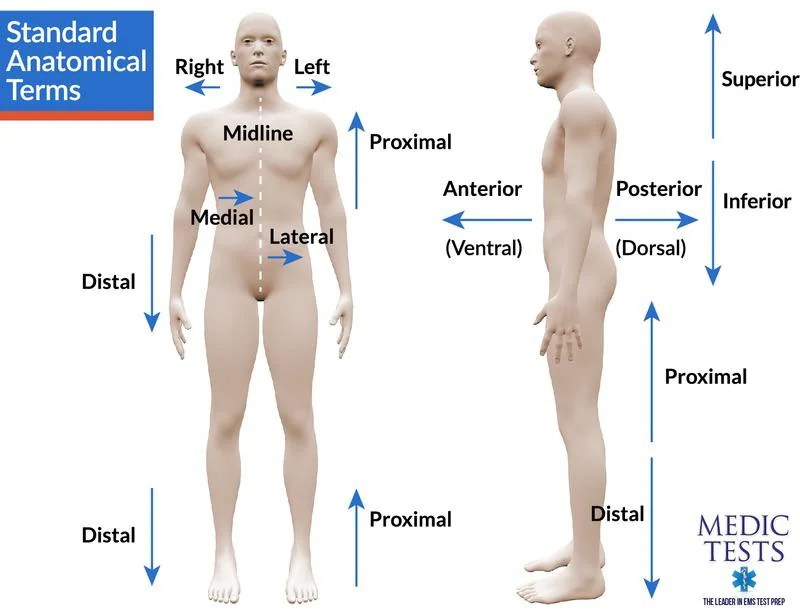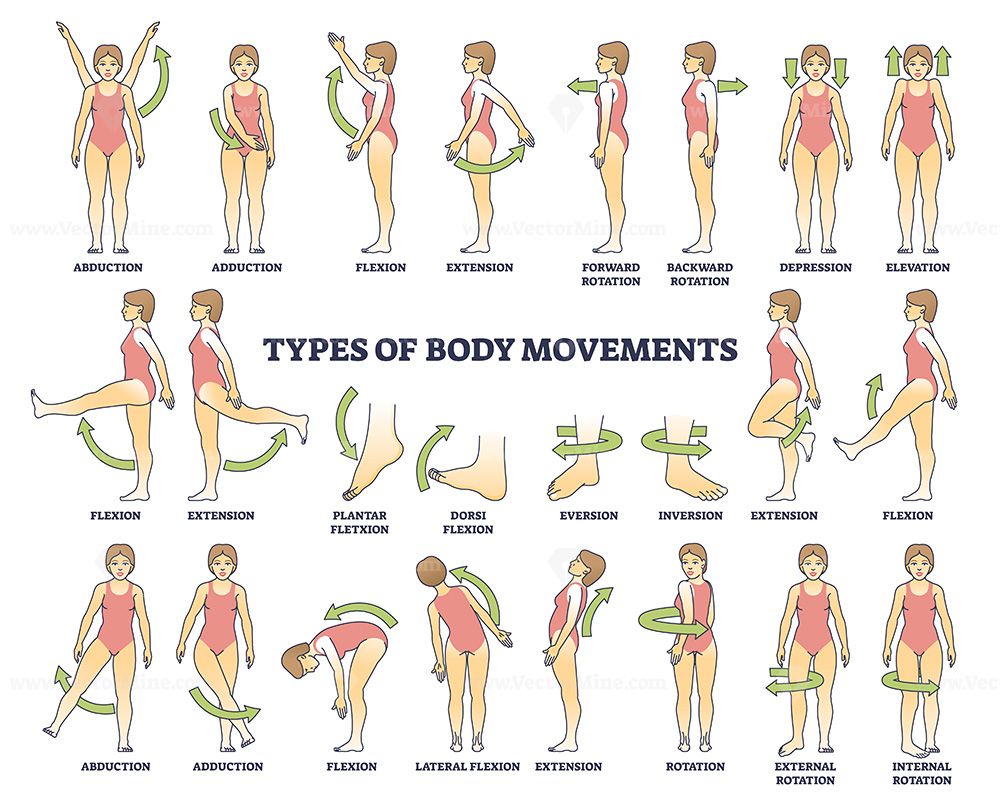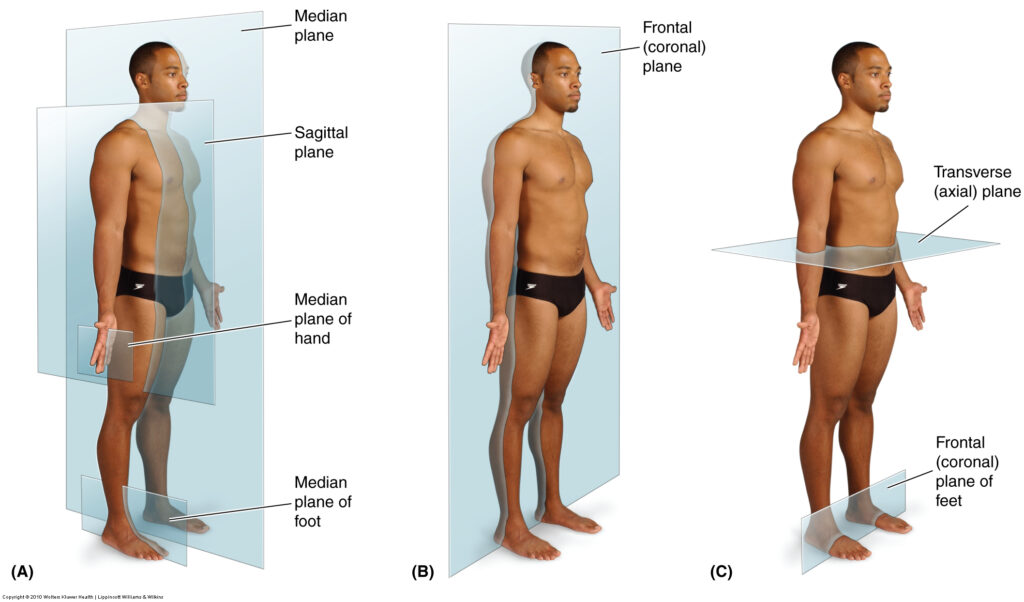Skip to content
1. Supine Position
- Location: The patient lies flat on their back.
- Purpose: Commonly used for surgical procedures, examinations, and resting. It allows easy access to the anterior (front) part of the body.
- Movements: Adjusting the head and neck, elevating the legs, or tilting the bed can help with breathing or circulation.
2. Prone Position
- Location: The patient lies flat on their stomach with the head turned to one side.
- Purpose: Used for certain surgical procedures, treatments for acute respiratory distress syndrome (ARDS), and improving oxygenation.
- Movements: Ensure the patient’s airway is clear and provide support to the head and neck.
3. Lateral (Side-Lying) Position
- Location: The patient lies on their side, with knees slightly bent. It can be right or left lateral depending on which side is down.
- Purpose: Often used to prevent pressure ulcers, for patients with respiratory issues, and for comfort during sleep.
- Movements: Adjusting the patient’s position regularly to prevent pressure sores.
4. Fowler’s Position
- Location: The patient is in a semi-sitting position with the head of the bed elevated between 45 to 60 degrees.
- Purpose: Used for patients with respiratory or cardiac issues to promote easier breathing and drainage.
- Movements: Varying the degree of elevation (e.g., High Fowler’s at 90 degrees) depending on the patient’s condition.
5. Semi-Fowler’s Position
- Location: The head of the bed is elevated to about 30-45 degrees.
- Purpose: Similar to Fowler’s position but used when a less elevated position is needed, such as after surgery or during feeding.
- Movements: Adjusting the bed height and angle for patient comfort and therapeutic needs.
6. Trendelenburg Position
- Location: The patient is lying flat on their back, but the bed is angled so the feet are higher than the head.
- Purpose: Used in cases of shock, during certain surgeries, and to improve blood flow to the brain.
- Movements: Careful monitoring is required to avoid complications like breathing difficulties.
7. Reverse Trendelenburg Position
- Location: The patient lies flat on their back, with the head higher than the feet.
- Purpose: Used to improve blood circulation, reduce pressure on the abdomen, and for certain surgeries.
- Movements: Gradual adjustments to prevent dizziness or hypotension.
8. Sims’ Position
- Location: The patient lies on their left side with the right knee bent towards the chest and the left arm placed behind the body.
- Purpose: Commonly used for rectal examinations, enemas, and for certain unconscious patients to maintain an open airway.
- Movements: Gentle repositioning to maintain comfort and safety.
9. Lithotomy Position
- Location: The patient lies on their back with legs flexed at the hips and knees, and feet placed in stirrups.
- Purpose: Used during childbirth, gynecological exams, and certain surgical procedures.
- Movements: Ensuring proper support and positioning to avoid nerve damage.
10. Dorsal Recumbent Position
- Location: The patient lies on their back with knees bent and feet flat on the bed.
- Purpose: Often used for abdominal assessments, childbirth, and catheter insertion.
- Movements: Adjusting the head and knee supports to maintain comfort.
11. Knee-Chest Position
- Location: The patient rests on their knees with the chest down, and arms folded under the head.
- Purpose: Used for rectal exams and certain surgical procedures.
- Movements: Positioning must be done carefully to prevent strain or discomfort.
12. Lateral Tilt Position
- Location: The patient is tilted to the side on an incline, often used in labor or surgery.
- Purpose: To relieve pressure on the vena cava in pregnant women or to improve surgical access.
- Movements: Gradual tilting and repositioning as needed for comfort and procedure effectiveness.
Anatomical Directions

- Anterior (Ventral)
- Location: Toward the front of the body.
- Example: The sternum (breastbone) is anterior to the heart.
- Posterior (Dorsal)
- Location: Toward the back of the body.
- Example: The spine is posterior to the stomach.
- Superior (Cranial)
- Location: Toward the head or upper part of a structure.
- Example: The head is superior to the chest.
- Inferior (Caudal)
- Location: Away from the head; toward the lower part of a structure.
- Example: The stomach is inferior to the heart.
- Medial
- Location: Toward the midline of the body.
- Example: The nose is medial to the eyes.
- Lateral
- Location: Away from the midline of the body.
- Example: The arms are lateral to the chest.
- Proximal
- Location: Closer to the point of attachment of a limb to the body trunk.
- Example: The elbow is proximal to the wrist.
- Distal
- Location: Farther from the point of attachment of a limb to the body trunk.
- Example: The fingers are distal to the elbow.
- Superficial
- Location: Toward or at the body surface.
- Example: The skin is superficial to the muscles.
- Deep
- Location: Away from the body surface; more internal.
- Example: The lungs are deep to the ribcage.
Anatomical Planes
- Sagittal Plane
- Location: A vertical plane that divides the body into right and left parts.
- Example: A midsagittal (median) plane divides the body into equal right and left halves, while a parasagittal plane divides it into unequal parts.
- Coronal (Frontal) Plane
- Location: A vertical plane that divides the body into anterior (front) and posterior (back) parts.
- Example: Dividing the body into front and back halves, used in imaging and dissection.
- Transverse (Horizontal) Plane
- Location: A horizontal plane that divides the body into superior (upper) and inferior (lower) parts.
- Example: A cross-sectional view of the body or an organ.
Anatomical Movements

- Flexion
- Movement: Decreasing the angle between two body parts.
- Example: Bending the elbow or knee.
- Extension
- Movement: Increasing the angle between two body parts.
- Example: Straightening the elbow or knee.
- Abduction
- Movement: Moving a limb away from the midline of the body.
- Example: Raising the arms or legs to the side.
- Adduction
- Movement: Moving a limb toward the midline of the body.
- Example: Bringing the arms or legs back to the body’s side.
- Rotation
- Movement: Turning a body part around its axis.
- Example: Turning the head from side to side.
- Circumduction
- Movement: Moving a limb in a circular motion.
- Example: Swinging the arm in a circular fashion.
- Pronation
- Movement: Rotating the forearm so that the palm faces downward or backward.
- Example: Turning the hand to face the ground.
- Supination
- Movement: Rotating the forearm so that the palm faces upward or forward.
- Example: Turning the hand to face the ceiling.
- Elevation
- Movement: Raising a body part.
- Example: Shrugging the shoulders.
- Depression
- Movement: Lowering a body part.
- Example: Returning the shoulders to a normal position after shrugging.
- Inversion
- Movement: Turning the sole of the foot inward.
- Example: Standing on the outer edge of the foot.
- Eversion
- Movement: Turning the sole of the foot outward.
- Example: Standing on the inner edge of the foot.
- Dorsiflexion
- Movement: Raising the foot upward toward the shin.
- Example: Lifting the toes while keeping the heel on the ground.
- Plantarflexion
- Movement: Pointing the foot downward away from the shin.
- Example: Standing on tiptoes.



